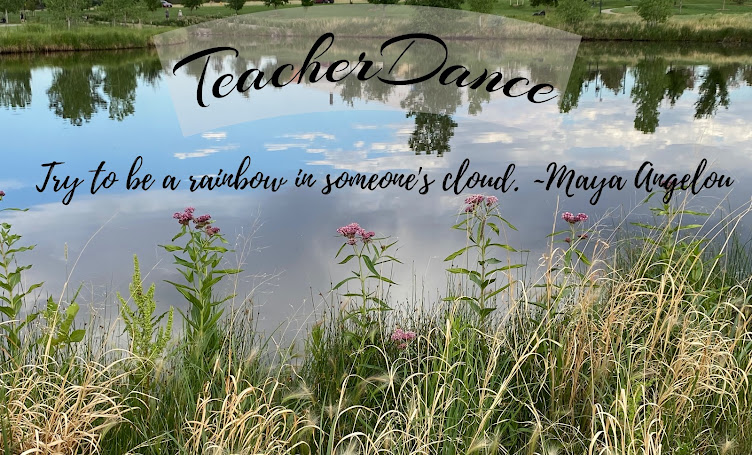--------------------------------
One of the important lessons in history is to use a good imagination. One must imagine things from the written word, even though others have created movies as their vision of historical persons and events, and one can view those, too. Even with the visual, we still must use our own creative minds to try to see the past for ourselves.Areas explored when considering this concept are many, but include the social mores of the times, the transportation and communication available, the consideration of those who are poor, rites of passage (birth, adulthood, marriage, death) and so on. During one of the past presidential election years (like this one) my class studied the presidents. I wanted to integrate some creative writing into this unit of study, so shared passages of poetry from Spoon River Anthology by Edgar Lee Masters, to give students some examples of how to show important parts of a life in a poetic epitaph. During their study, each was expected to read a biography of some past president, do further research from the questions that arose during that reading, and craft a poem after the Masters examples. We then created artistic tombstones on which were written their poems. I wish I had samples to show you because we all enjoyed the good exercise in synthesizing information into the essence of what the students thought as memorable in each chosen president's life.
Here is the opening of the Spoon River epitaphs, based on the inhabitants of a small town, early in the 20th century. The second is about the doctor. They are serious poems, and tell both positive and negative ideas of the lives that the writer created. Students were asked to use these models and include the facts as they saw them.
Hod Putt
- HERE I LIE close to the grave
Of Old Bill Piersol,
Who grew rich trading with the Indians, and who
Afterwards took the bankrupt law
And emerged from it richer than ever
Myself grown tired of toil and poverty
And beholding how Old Bill and others grew in wealth,
Robbed a traveler one night near Proctor's Grove,
Killing him unwittingly while doing so,
For the which I was tried and hanged.
That was my way of going into bankruptcy.
Now we who took the bankrupt law in our respective ways
Sleep peacefully side by side.
- NO OTHER MAN, unless it was Doc Hill,
Did more for people in this town than I.
And all the weak, the halt, the improvident
And those who could not pay flocked to me.
I was good-hearted, easy Doctor Meyers.
I was healthy, happy, in comfortable fortune,
Blessed with a congenial mate, my children raised,
All wedded, doing well in the world.
And then one night, Minerva, the poetess,
Came to me in her trouble, crying.
I tried to help her out—she died—
They indicted me, the newspapers disgraced me,
My wife perished of a broken heart.
And pneumonia finished me. - http://www.flickr.com/photos/jeffkrause/5682057215/



Oh, I love this idea for Social Studies! I've used it as a closure activity for biography book clubs , but never thought to incorporate this in history...in which in would work very well, too. Thanks, Linda!
ReplyDeleteThanks Tara. I suspect for younger students one could find more appropriate poems that are epitaphs. Maybe I should look. Hope your days are going well in school!
ReplyDeleteSpoon River Anthology is one I pick up at least once a year. A thing of beauty, it is. Thanks for sharing your teaching ideas!
ReplyDeleteYou're welcome, Irene. It's great to hear someone else love these poems. They are a marvelous combination of wit and satire and stretched my students' thinking deeply a lot.
Delete>>We then created artistic tombstones on which were written their poems. <<
ReplyDeleteWhat a marvelous idea, on so many levels--history, writing, visual art. And what a terrific way to make history come alive for young people! Hurray for you, Linda.
Thank you Carmela for seeing the idea for its worth. It was quite a pleasure to make our way through to the final pieces.
Delete